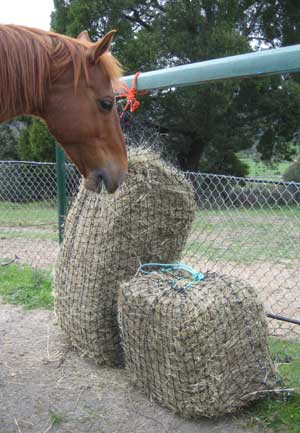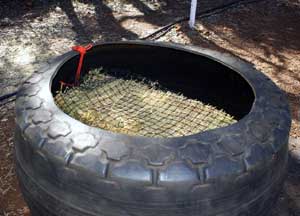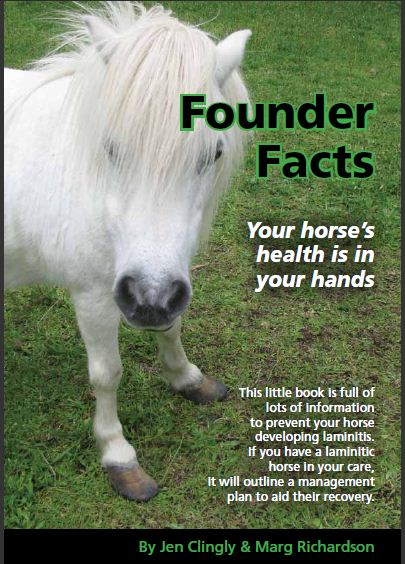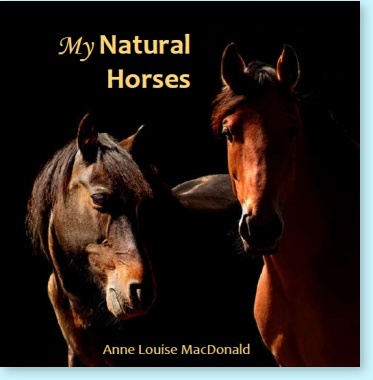
Slow feeding is fast becoming the best practice for the horse industry as people discover the benefits for their horses and their wallet. The availability of long lasting nylon and poly netting used in the marine industry has enabled enterprising manufacturers to provide a much needed product.
These tough nets are made to last from durable, pre stretched UV stabilised, heavy duty ply, polyethylene netting. The 4cm holes are just large enough for the horse to get the hay through without gorging – making it last much longer. The small holes also suit little ponies and other stock such as sheep, goats and alpacas.
Nets with holes that are 6m in size are also not suitable for small foals and work best for horses that don’t need their hay consumption slowed.
The Haysaver nets come in several sizes from small that holds 2-3 biscuits of hay to half and full bale.
I’ve found small hole haynets will double or treble the time it takes for the horses to finish the quantity of hay compared to when it’s fed loose.

The best way to use these nets is to tie them at ground level so the horse is eating from a natural grazing position. If the horse has shoes, or tends to paw at things, then tying the net inside a container like a wooden box, or a large tire will work best.
For the horse to benefit the most from continuous slow feeding, it is important to ensure the net is kept filled so the horse learns to moderate their intake.
You can read more about how best to use Slowfeeding for your horse here.
The Haysaver nets are Australian made and available from Natural Horse World Store.
www.slowfeeding.com gives a comprehensive overview of what works with slow feeding systems. Good Lind (site owner) says:
“I have been experimenting with Slow Feeders for some 13 years but the first 9 or so nothing really worked. Today, however, I believe we have come quite far and discovered miracles I absolutely did not expect when I started out.”



